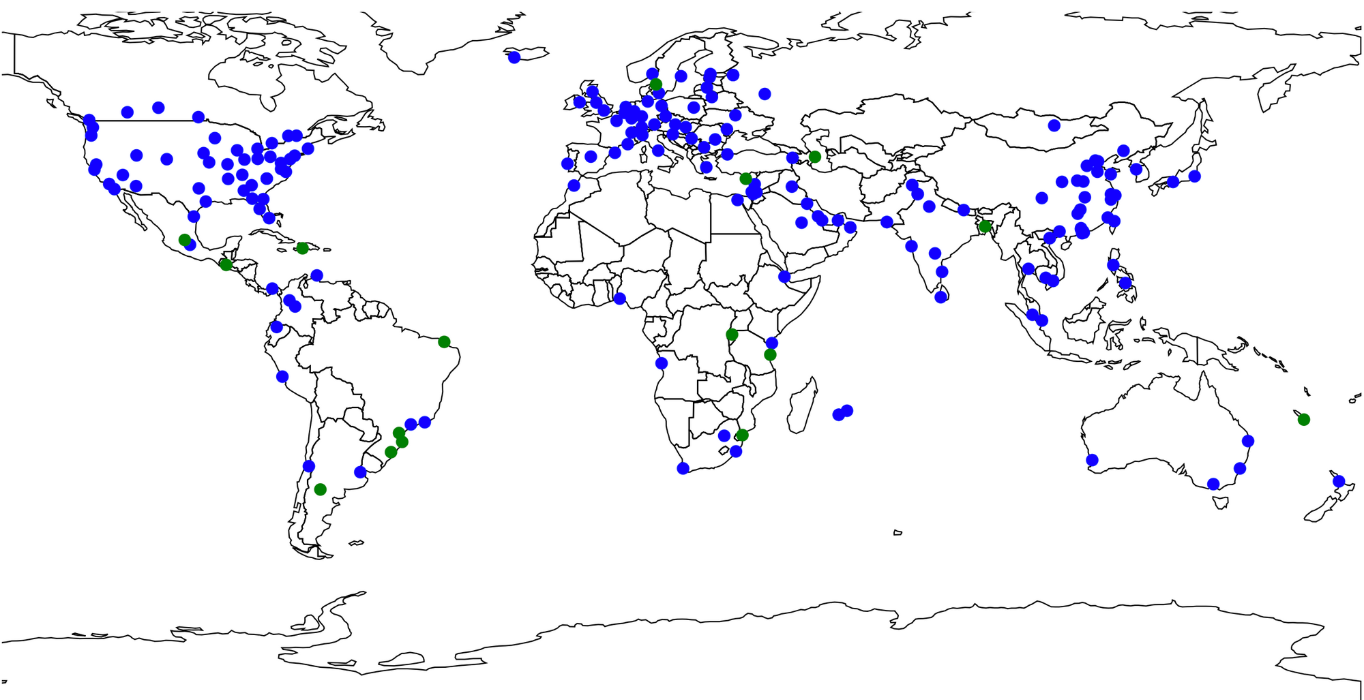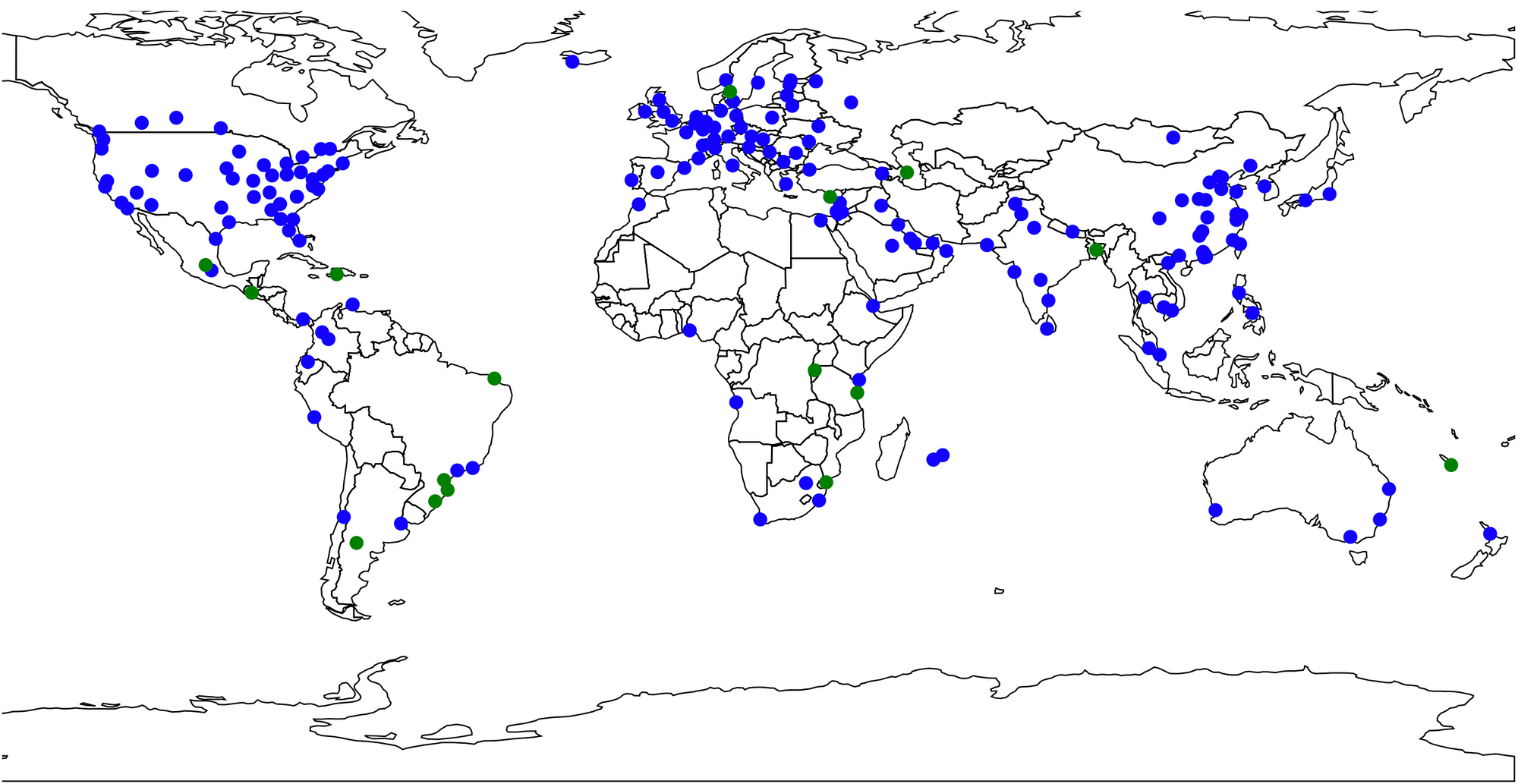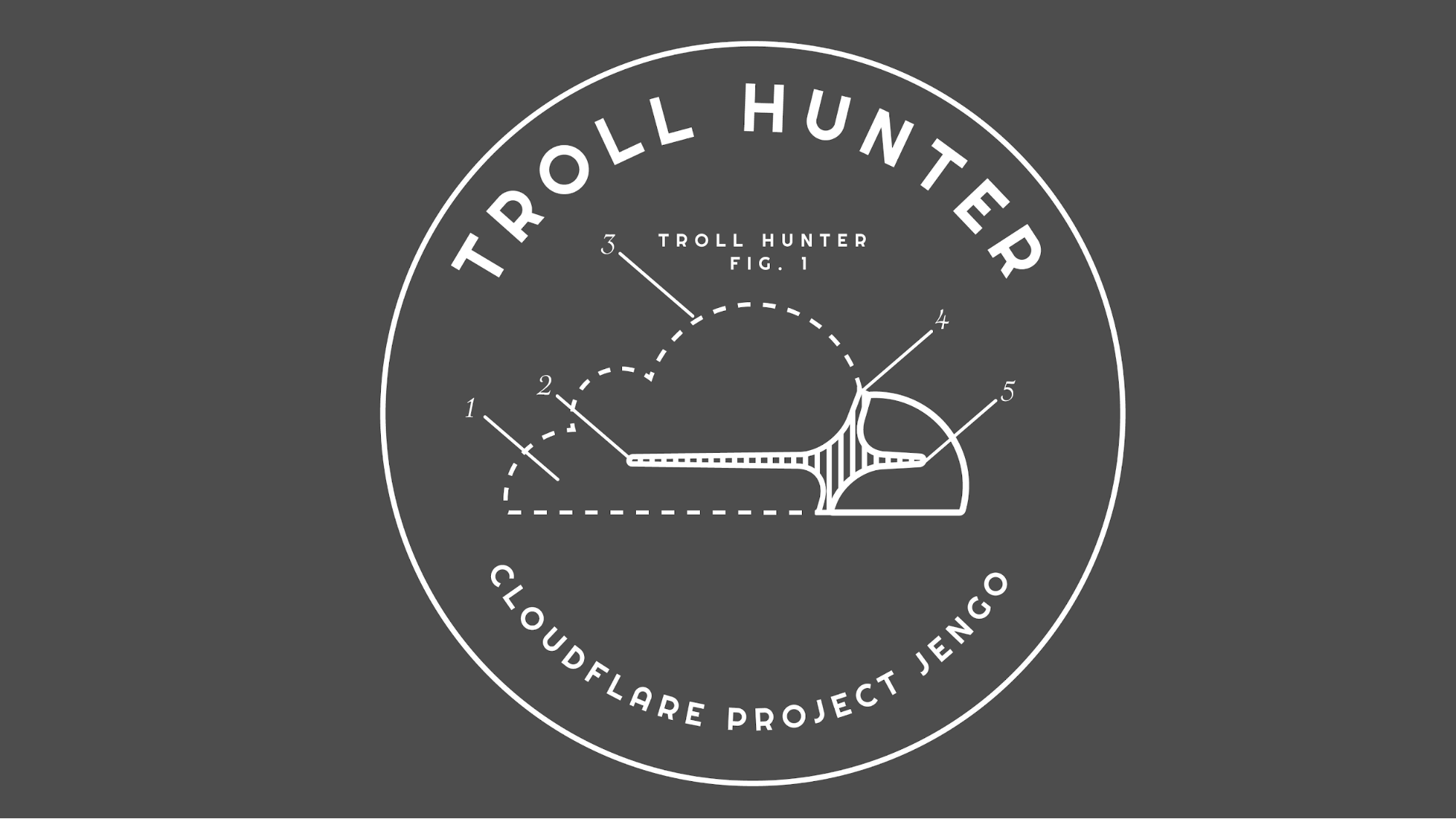SEO Best Practices with Cloudflare Workers, Part 1: Subdomain vs. Subdirectory
Subdomain vs. Subdirectory: 2 Different SEO Strategies

Alice and Bob are budding blogger buddies who met up at a meetup and purchased some root domains to start writing. Alice bought aliceblogs.com and Bob scooped up bobtopia.com.
Alice and Bob decided against WordPress because its what their parents use and purchased subscriptions to a popular cloud-based Ghost blogging platform instead.
Bob decides his blog should live at at blog.bobtopia.com – a subdomain of bobtopia.com. Alice keeps it old school and builds hers at aliceblogs.com/blog – a subdirectory of aliceblogs.com.

Subdomains and subdirectories are different strategies for instrumenting root domains with new features (think a blog or a storefront). Alice and Bob chose their strategies on a whim, but which strategy is technically better? The short answer is, it depends. But the long answer can actually improve your SEO. In this article, we'll review the merits and tradeoffs of each. In Part 2, we'll show you how to convert subdomains to subdirectories using Cloudflare Workers.
Setting Up Subdomains and Subdirectories
Setting up subdirectories is trivial on basic websites. A web server treats its subdirectories (aka subfolders) the same as regular old folders in a Continue reading
SSH to all of the serial ports
This is just a quick-and-dirty script for logging into every serial port on an Opengear box, one in each tab of a MacOS terminal.Used it just recently because I couldn't remember where a device console was connected.
Don't change mouse focus while it's running: It'll wind up dumping keystrokes into the wrong window.
Heavy Networking 430: The Future Of Networking With Guido Appenzeller
Today in our Future of Networking series I speak with Guido Appenzeller. He's been deeply involved in SDN and held key roles at Big Switch Networks and VMware, and now a new job at Yubico. We talk about the role of public cloud in IT, where the industry is with the adoption of "software-defined," the rise of whitebox, the P4 programming language, and more.
The post Heavy Networking 430: The Future Of Networking With Guido Appenzeller appeared first on Packet Pushers.
Loop Avoidance in VXLAN Networks
Antonio Boj sent me this interesting challenge:
Is there any way to avoid, prevent or at least mitigate bridging loops when using VXLAN with EVPN? Spanning-tree is not supported when using VXLAN encapsulation so I was hoping to use EVPN duplicate MAC detection.
MAC move dampening (or anything similar) doesn’t help if you have a forwarding loop. You might be able to use it to identify there’s a loop, but that’s it… and while you’re doing that your network is melting down.
Read more ...Cisco CEO Spies Networking Opportunity in AWS Outposts
 Chuck Robbins said he didn’t want to imply that a deal with AWS was in the works. But he added...
Chuck Robbins said he didn’t want to imply that a deal with AWS was in the works. But he added...
Kernel of Truth season 2 episode 1: EVPN on the host
Subscribe to Kernel of Truth on iTunes, Google Play, Spotify, Cast Box and Sticher!
Click here for our previous episode.
Guess who’s back? Back again? The real Kernel of Truth podcast is back with season 2 and we’re starting off this season with all things EVPN! This topic is near and dear to Attilla de Groots’ heart having talked about it in his recent blog here. He now joins Atul Patel and our host Brian O’Sullivan to talk more about EVPN on host for multi-tenancy.
Join as we as discuss the problem that we’re solving for, how to deploy EVPN on the host, what the caveats are when deploying and more.
Guest Bios
Brian O’Sullivan: Brian currently heads Product Management for Cumulus Linux. For 15 or so years he’s held software Product Management positions at Juniper Networks as well as other smaller companies. Once he saw the change that was happening in the networking space, he decided to join Cumulus Networks to be a part of the open networking innovation. When not working, Brian is a voracious reader and has held a variety of jobs, including bartending in three countries and working as an extra in a German Continue reading
Solving Problems with Serverless – The Cloudflare LED Data Center Board, Part I

You know you have a cool job when your first project lets you bring your hobby into the office.
That’s what happened to me just a few short weeks ago when I joined Cloudflare. The task: to create a light-up version of our Data Center map – we’re talking more than a hundred LEDs tied to the deployment state of each and every Cloudflare data center. This map will be a part of our booths, so it has to be able to travel; meaning we have to consider physical shipping and the ability to update the data when the map is away from the office. And the fun part – we are debuting it at SF Developer Week in late February (I even get to give a talk about it!) That gave me one week of software time in our San Francisco office, and a little over two and a half in the Austin office with the physical materials.

So what does this have to do with Serverless? Well, let’s think about where and how this map will need to operate: This will be going to Continue reading
IBM’s Cloud Kubernetes Service Gains ‘Experimental Managed’ Knative Support
 The support will allow organizations to deploy Knative in a Kubernetes cluster using a one-click...
The support will allow organizations to deploy Knative in a Kubernetes cluster using a one-click...
ETSI MEC Creates Its First Working Group
 The new working group will focus on the implementation and deployment of systems that leverage...
The new working group will focus on the implementation and deployment of systems that leverage...
Rubrik Launches Open Source Community Called Build
 It’s based on a set of APIs providing pre-built use cases, quick-start guides, and integrations...
It’s based on a set of APIs providing pre-built use cases, quick-start guides, and integrations...
Winning the Blackbird Battle


Frequent readers of the Cloudflare blog are aware of the efforts we’ve undertaken in response to our first encounter with a patent troll. We’re happy to report that on Wednesday, the U.S. Court of Appeals for the Federal Circuit issued an opinion affirming a lower court decision dismissing the case brought by Blackbird Tech. This is the last step in the process 1, we’ve won.

In addition to vigorously opposing this case in court, we created and sponsored Project Jengo to push back against the incentives that empower patent trolls like Blackbird Tech. Now that the case is over, we will be wrapping up Project Jengo and will report back with a summary of the Project’s successes in the near future.
But before we move on from the litigation, I want to share a few reflections on this case.
We noted from the very beginning: “The infringement claim is not a close one … if the ‘335 patent is read broadly enough to cover our system (which shouldn’t happen), it would also cover any system where electronic communications are examined and redacted or modified.”

Our initial observation, which we Continue reading
The Value of Certifications
On this episode of the Network Collective, we are talking about the value of certifications.
Outro Music:
Danger Storm Kevin MacLeod (incompetech.com)
Licensed under Creative Commons: By Attribution 3.0 License
http://creativecommons.org/licenses/by/3.0/
Carbonite’s $618.5M Webroot Deal Marries Endpoint Data Protection, Security
 The acquisition comes as other data backup companies including Rubrik and Cohesity are also moving...
The acquisition comes as other data backup companies including Rubrik and Cohesity are also moving...
ONF Launches Open Convergence Initiative for 5G Deployments
 The COMAC initiative is focused on delivering services over both mobile and broadband networks...
The COMAC initiative is focused on delivering services over both mobile and broadband networks...
KT Picks Oracle’s Policy Control Function Platform for Its 5G Network
 The 5G PCF platform acts as the policy management function of the 5G control plane. It’s also one...
The 5G PCF platform acts as the policy management function of the 5G control plane. It’s also one...
Managing Automation – Fighting Fear of Job Justification
Dear Employees
We have decided to implement automation in our environment because robots and programs are way better than people. We will need you to justify your job in the next week or we will fire you and make you work in a really crappy job that doesn’t involve computers while we light cigars with dollar bills.
Sincerely, Management
The above letter is the interpretation of the professional staff of your organization when you send out the following email:
We are going to implement some automation concepts next week. What are some things you wish you could automate in your job?
Interpretations differ as to the intent of automation. Management likes the idea of their engineering staff being fully tasked and working on valuable projects. They want to know their people are doing something productive. And the people that aren’t doing productive stuff should either be finding something to do or finding a new job.
Professional staff likes being fully tasked and productive too. They want to be involved in jobs and tasks that do something cool or justify their existence to management. If their job doesn’t do that they get worried they won’t have it any longer.